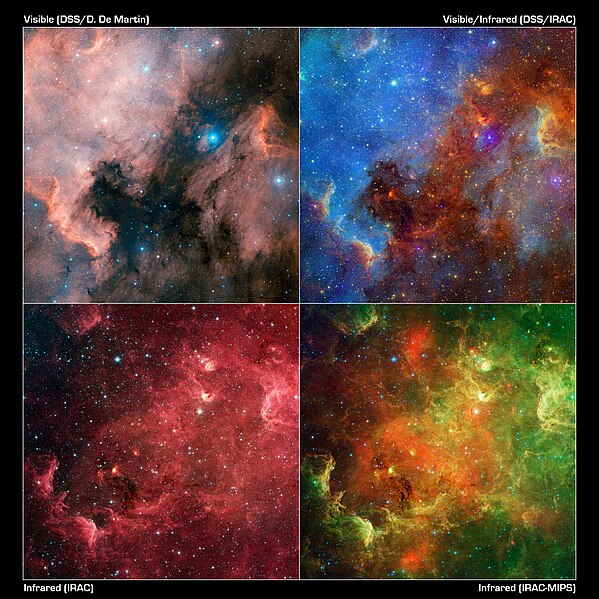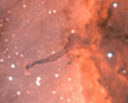File:Changing Face of the North America Nebula.jpg
外觀

預覽大小:599 × 599 像素。 其他解析度:240 × 240 像素 | 480 × 480 像素 | 768 × 768 像素 | 1,023 × 1,024 像素 | 2,047 × 2,048 像素 | 6,000 × 6,003 像素。
原始檔案 (6,000 × 6,003 像素,檔案大小:16.93 MB,MIME 類型:image/jpeg)
檔案歷史
點選日期/時間以檢視該時間的檔案版本。
| 日期/時間 | 縮圖 | 尺寸 | 使用者 | 備註 | |
|---|---|---|---|---|---|
| 目前 | 2011年2月16日 (三) 12:09 |  | 6,000 × 6,003(16.93 MB) | Originalwana | {{Information |Description ={{en|1=This image layout reveals how the appearance of the North America nebula can change dramatically using different combinations of visible and infrared observations from the [[:Category:Digitized |
檔案用途
下列頁面有用到此檔案:
全域檔案使用狀況
以下其他 wiki 使用了這個檔案:
- ar.wikipedia.org 的使用狀況
- cs.wikipedia.org 的使用狀況
- fr.wikipedia.org 的使用狀況
- mk.wikipedia.org 的使用狀況
- my.wikipedia.org 的使用狀況
- pl.wikipedia.org 的使用狀況
- pt.wikipedia.org 的使用狀況
- th.wikipedia.org 的使用狀況
- vi.wikipedia.org 的使用狀況





